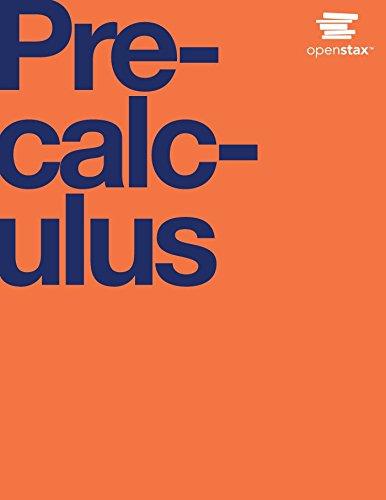Question
Suppose that a fair die is thrown twice independently, then 1. the probability that the sum of numbers of the two dice is less

Suppose that a fair die is thrown twice independently, then 1. the probability that the sum of numbers of the two dice is less than or equal to is; (A) 0.1667 (B) 0.6667 (C) 0.8333 (D) 0.1389 2. the probability that at least one of the die shows { is; (A) 0.6667 (B) 0.3056 (C) 0.8333 (D) 0.1389 3. the probability that one die shows one and the sum of the two dice is four is; (A) 0.0556 (B) 0.6667 (C) 0.3056 (D) 0.1389 4. the event A={the sum of two dice is 4} and the event B={exactly one die shows two} are, (A) Independent (B) Dependent (C) Joint (D) None of these.
Step by Step Solution
There are 3 Steps involved in it
Step: 1
Lets solve each of the problems step by step 1 Probability that the sum of numbers of the two dice i...
Get Instant Access to Expert-Tailored Solutions
See step-by-step solutions with expert insights and AI powered tools for academic success
Step: 2

Step: 3

Ace Your Homework with AI
Get the answers you need in no time with our AI-driven, step-by-step assistance
Get StartedRecommended Textbook for
Precalculus
Authors: Jay Abramson
1st Edition
1938168348, 978-1938168345
Students also viewed these Statistics questions
Question
Answered: 1 week ago
Question
Answered: 1 week ago
Question
Answered: 1 week ago
Question
Answered: 1 week ago
Question
Answered: 1 week ago
Question
Answered: 1 week ago
Question
Answered: 1 week ago
Question
Answered: 1 week ago
Question
Answered: 1 week ago
Question
Answered: 1 week ago
Question
Answered: 1 week ago
Question
Answered: 1 week ago
Question
Answered: 1 week ago
Question
Answered: 1 week ago
Question
Answered: 1 week ago
Question
Answered: 1 week ago
Question
Answered: 1 week ago
Question
Answered: 1 week ago
Question
Answered: 1 week ago
Question
Answered: 1 week ago
Question
Answered: 1 week ago
Question
Answered: 1 week ago
View Answer in SolutionInn App



